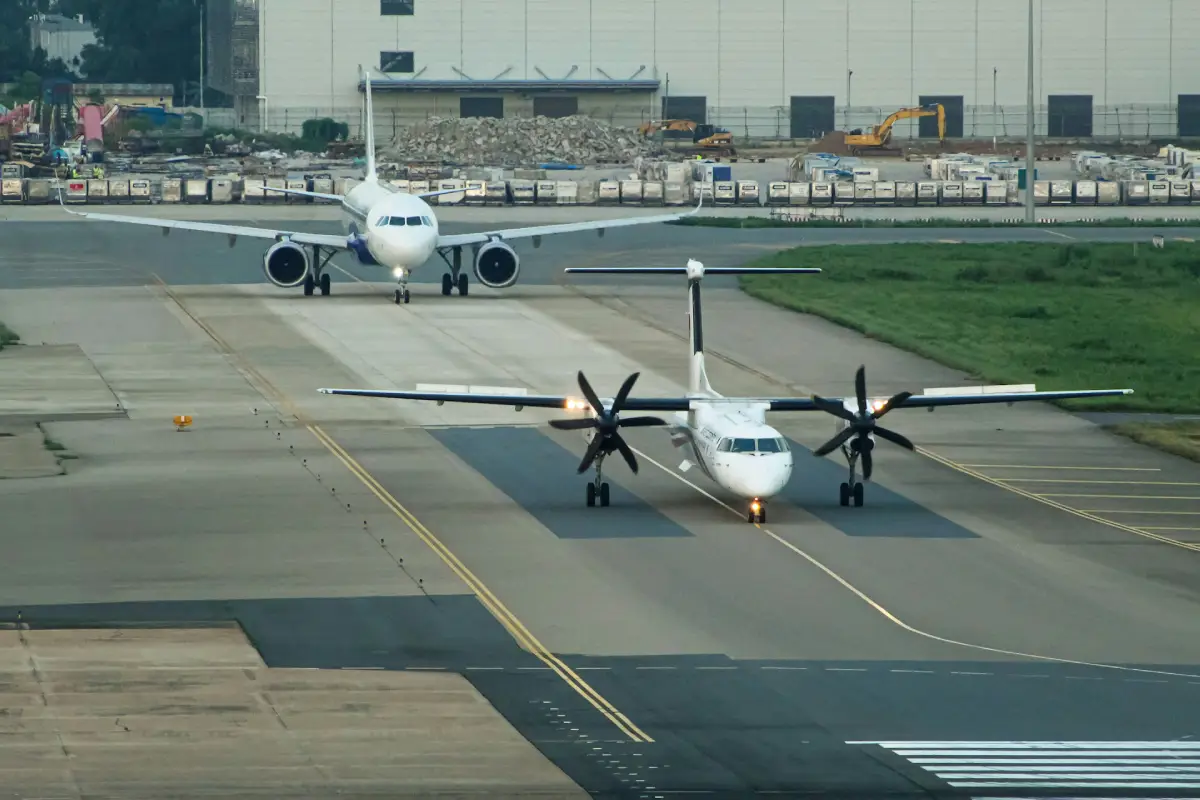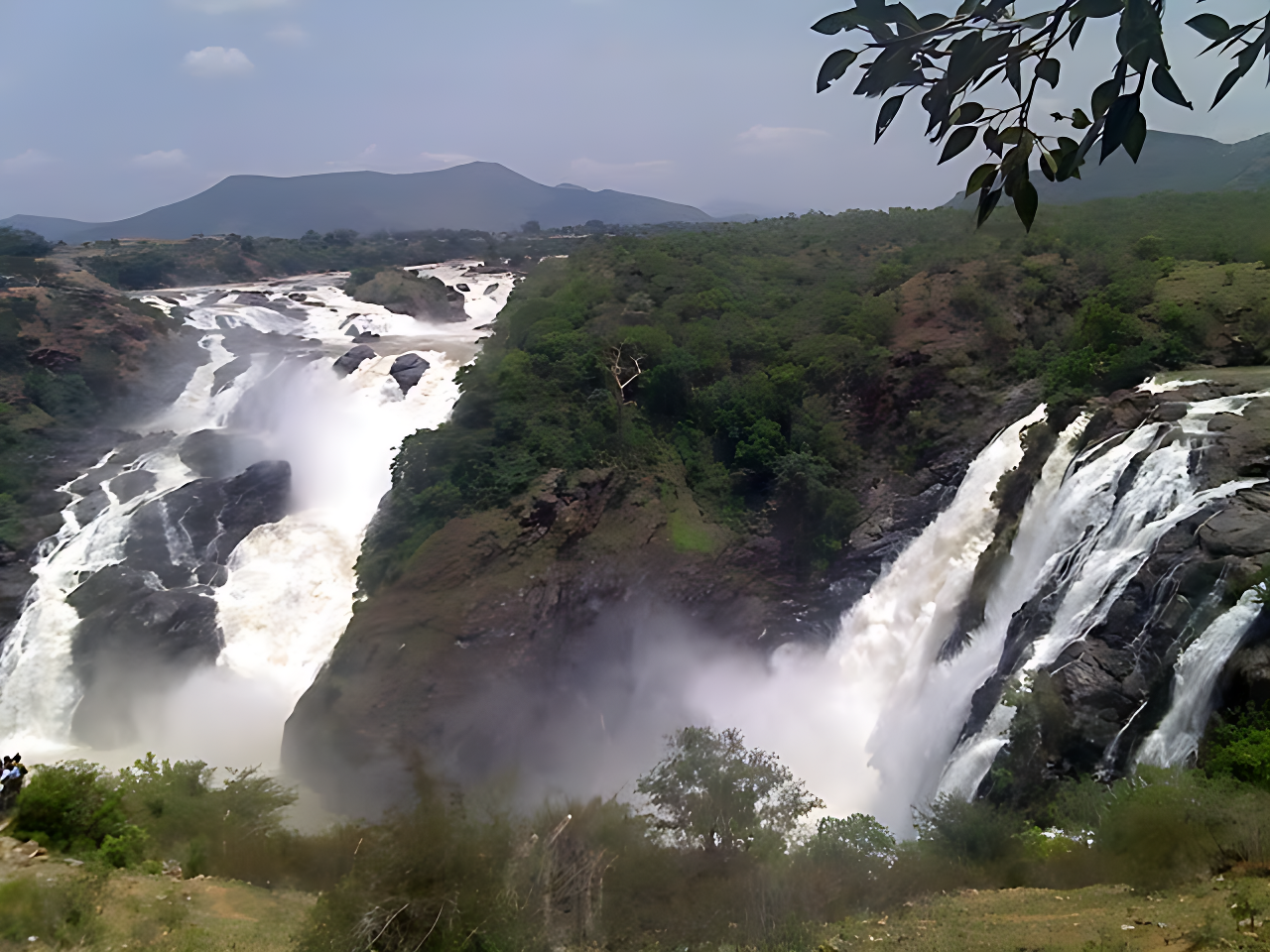
Many tourists make the mistake of booking flights to India without doing adequate research, only to see a sharp decline in cost the week after.
These encounters provide insightful knowledge about astute reservation techniques that assist subsequent tourists in avoiding comparable problems.
1. Book at the right time
Generally, many people believe that booking a flight 6-8 weeks early will get them the best deals, which is often not true.
The best deals often appear during unexpected times, with Tuesday afternoons around 3 PM frequently showing when airlines release unsold inventory at reduced prices. Many seasoned travelers have found success with this pattern.
August emerges as the optimal month for flight tickets to India, with average prices around $641, representing reasonable value, while December significantly impacts budgets at $1,151 on average.
This substantial difference makes timing trips around seasonal patterns worthwhile for travelers with flexible schedules.
2. Consider direct vs. connecting flights.
Flight tickets to India from Australia present interesting considerations regarding direct versus connecting options. Direct flights cost significantly more but don’t always justify the premium. A direct flight from Melbourne to India might cost 30-40% more than connecting alternatives, representing substantial savings opportunities.
Experienced passengers say that stops in Singapore, Dubai, or Bangkok aren’t always bad, and pricing frequently favors connecting flights.
During longer stopovers, travelers can sometimes discover new destinations, save money, and occasionally receive better service on reputable airlines like Singapore Airlines or Emirates.
3. Be flexible
This strategy has helped many travelers save thousands over time. Maintaining flexibility with dates opens up completely different price ranges. Skyscanner’s monthly view reveals price variations that can be eye-opening, with three-day trip adjustments sometimes reducing costs by hundreds of dollars.
Smart travelers examine flights from Sydney to Delhi alongside Melbourne options, as route comparison often reveals significant price variations. Sometimes Sydney offers better value, sometimes Melbourne wins. The difference can be surprising, even when accounting for domestic travel costs.
4. Booking Tactics That Work
Buying two separate one-way tickets instead of one return ticket can occasionally yield better deals, particularly when different airlines compete on different routes.
Using private browsing for repeated searches is crucial. Airlines track search behavior and gradually increase prices to create urgency. Some travelers have experienced fare jumps of $200 over three days of repeated searches.
Setting up price alerts for flights to India works effectively, but selectivity matters. Too many alerts create noise. Choosing specific routes and dates and then waiting patiently yields better results. Good deals appear regularly but require patience and quick action when available.
5. Look for smart flight booking approaches.
Booking directly through airline websites sometimes offers perks unavailable elsewhere. Better customer service, exclusive deals, or additional services that booking sites don’t include represent potential advantages.
As much as airline websites offer various perks, travel agencies should not be debunked entirely. Experienced agents occasionally access wholesale rates or package deals unavailable to individual travelers. They prove particularly helpful for complex itineraries or group bookings.






